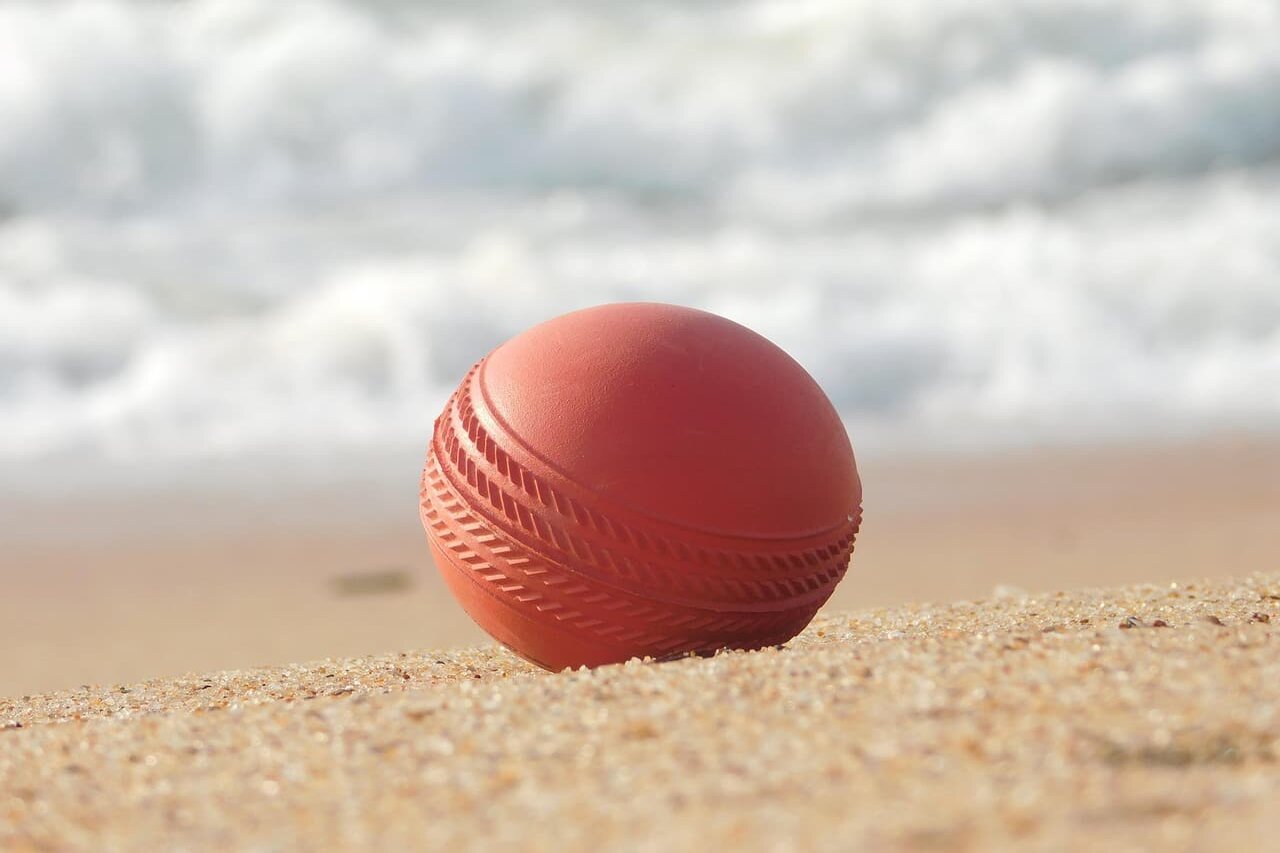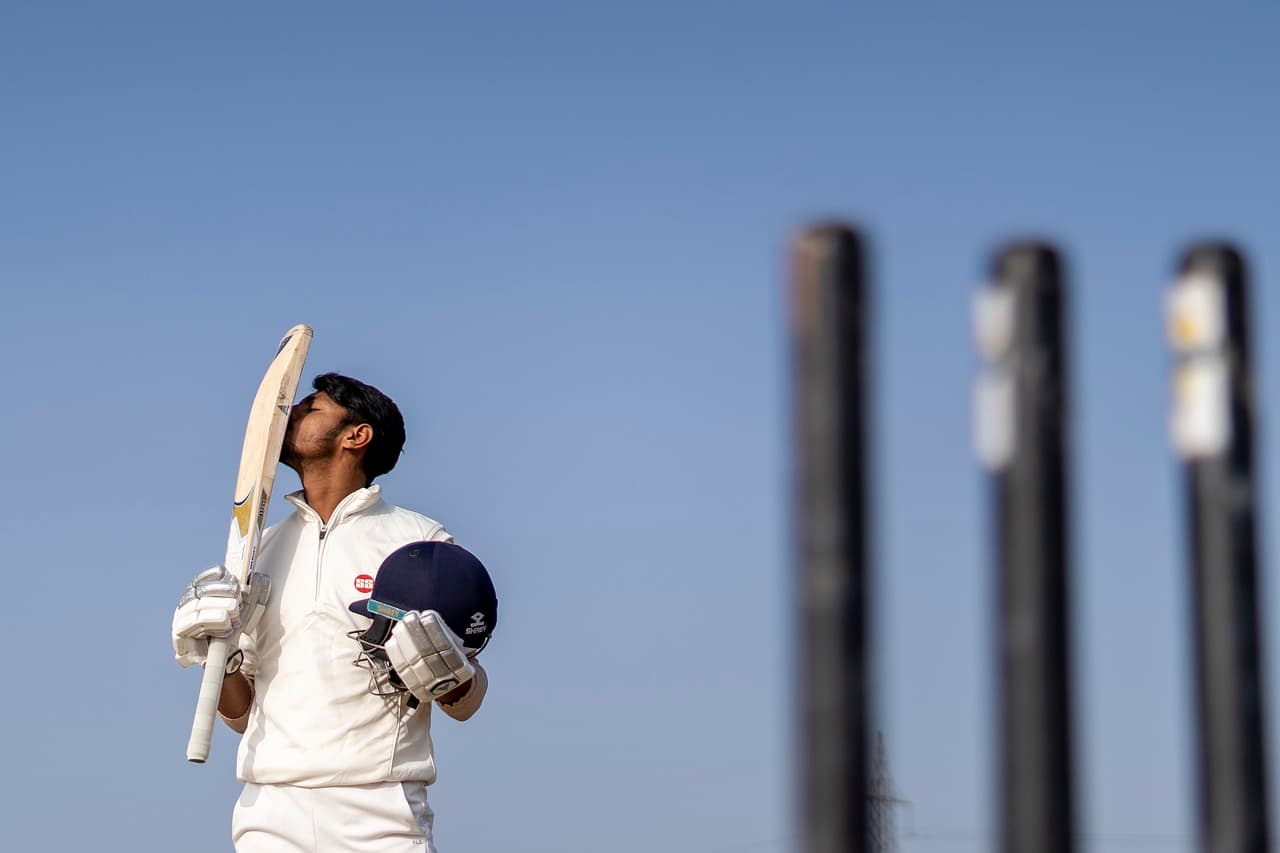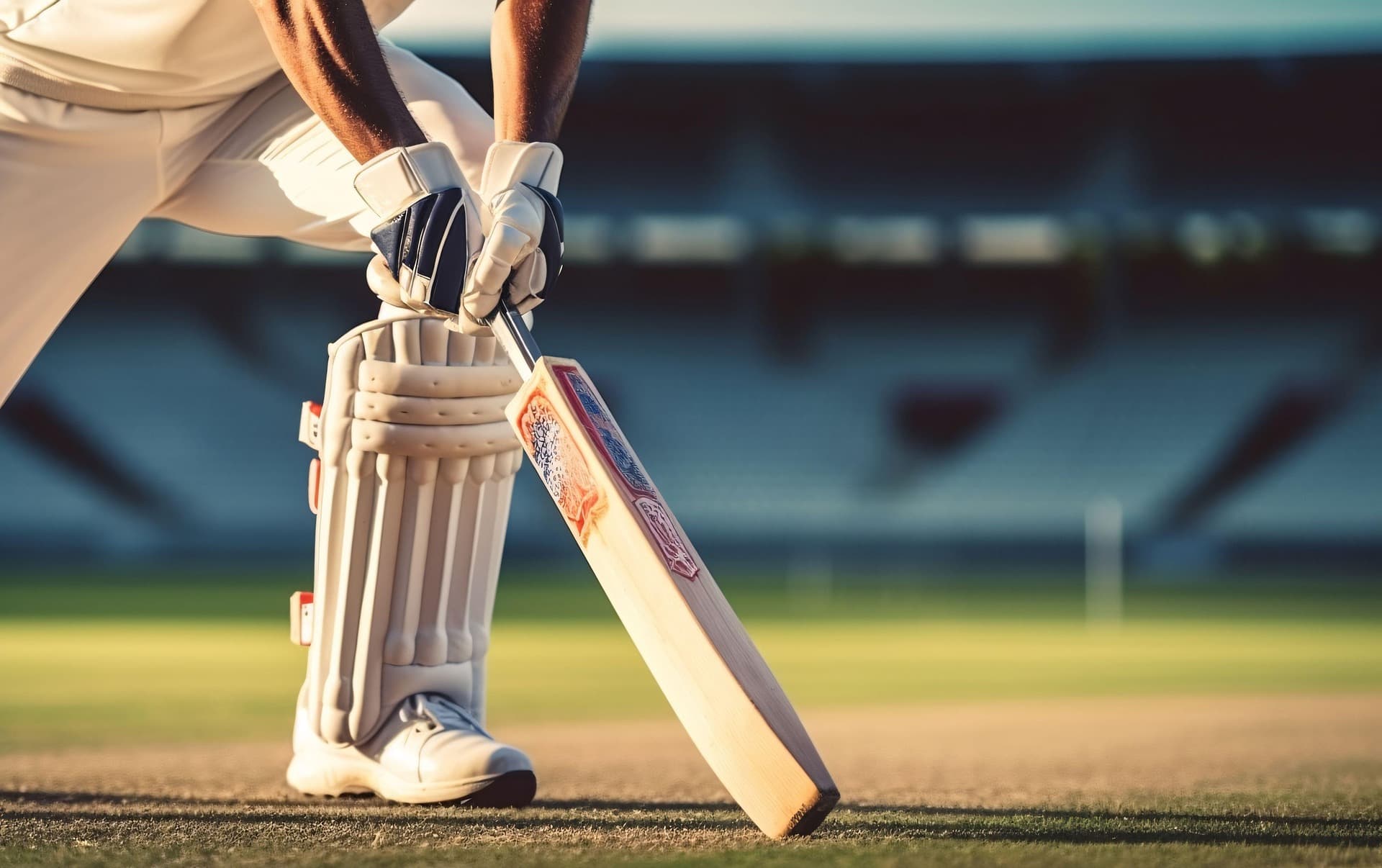Let's explore what makes the cricket ball an essential part of this beloved sport.
What is the Weight and Size of a Cricket Ball?
Cricket balls follow strict guidelines set by the Marylebone Cricket Club (MCC) under the Laws of Cricket:
Men's Cricket:
- Weight: 155.9 grams (5.5 ounces) to 163 grams (5.75 ounces)
- Circumference: 22.4 cm (8.81 inches) to 22.9 cm (9 inches)
Women's Cricket:
- Weight: 140 grams (4.94 ounces) to 151 grams (5.32 ounces)
- Circumference: 21 cm (8.27 inches) to 22.5 cm (8.86 inches)
The standardization ensures the ball performs consistently across international matches, from Test cricket to the IPL.
Red, White, and Pink: The Different Cricket Balls Explained
- Red Ball: Primarily used in Test matches and first-class games, the red ball is known for its durability and consistent behavior, especially in longer formats.
- White Ball: The choice for ODIs and T20s, white balls offer high visibility under lights but tend to lose their swing and shine quicker.
- Pink Ball: Used in day-night Test matches, the pink ball strikes a balance between visibility in floodlights and the durability of the red ball.
Each color serves a purpose, ensuring optimal gameplay across different formats.
How Are Cricket Balls Made?
Crafting a cricket ball is an art that combines tradition and technology.
- Core: The center is made of cork and surrounded by a tightly wound string for firmness.
- Outer Shell: Encased in premium leather dyed to the required color (red, white, or pink).
- Seam: Hand-stitched to create prominent ridges, aiding bowlers in generating swing and spin.
This meticulous construction allows the ball to endure rigorous use while maintaining its performance.
Interesting Trivia: Ball Weight in Different Formats
While the weight of the cricket ball remains standardized across formats, its performance differs:
- ODI Cricket Ball Weight: Matches the standard (155.9g to 163g).
- IPL Cricket Ball Weight: Follows the same guidelines, ensuring fair play in the T20 spectacle.
- Women's Cricket Ball: Lighter and slightly smaller, catering to different gameplay dynamics.
These subtle differences ensure that every match remains competitive and enjoyable for players and fans.
Why Does the Cricket Ball Matter?
The cricket ball's specifications directly impact the game. Bowlers rely on their swing and spin, batters on their bounce and pace. Even minor deviations in weight or size can change match dynamics, making the ball's design a cornerstone of cricket.
Did you know the first cricket balls were handmade in the 16th century? They were crafted from cork and wrapped in wool, with a leather outer covering added later for durability. Fast forward to today, and modern manufacturing processes have refined these traditional techniques, ensuring uniformity and precision.
Conclusion
Understanding the cricket ball's weight and size goes beyond mere numbers; it's a gateway to appreciating the skill and precision behind the sport. Whether it's the red ball in a Test match or the white ball under IPL lights, this tiny yet powerful sphere keeps the game alive.




